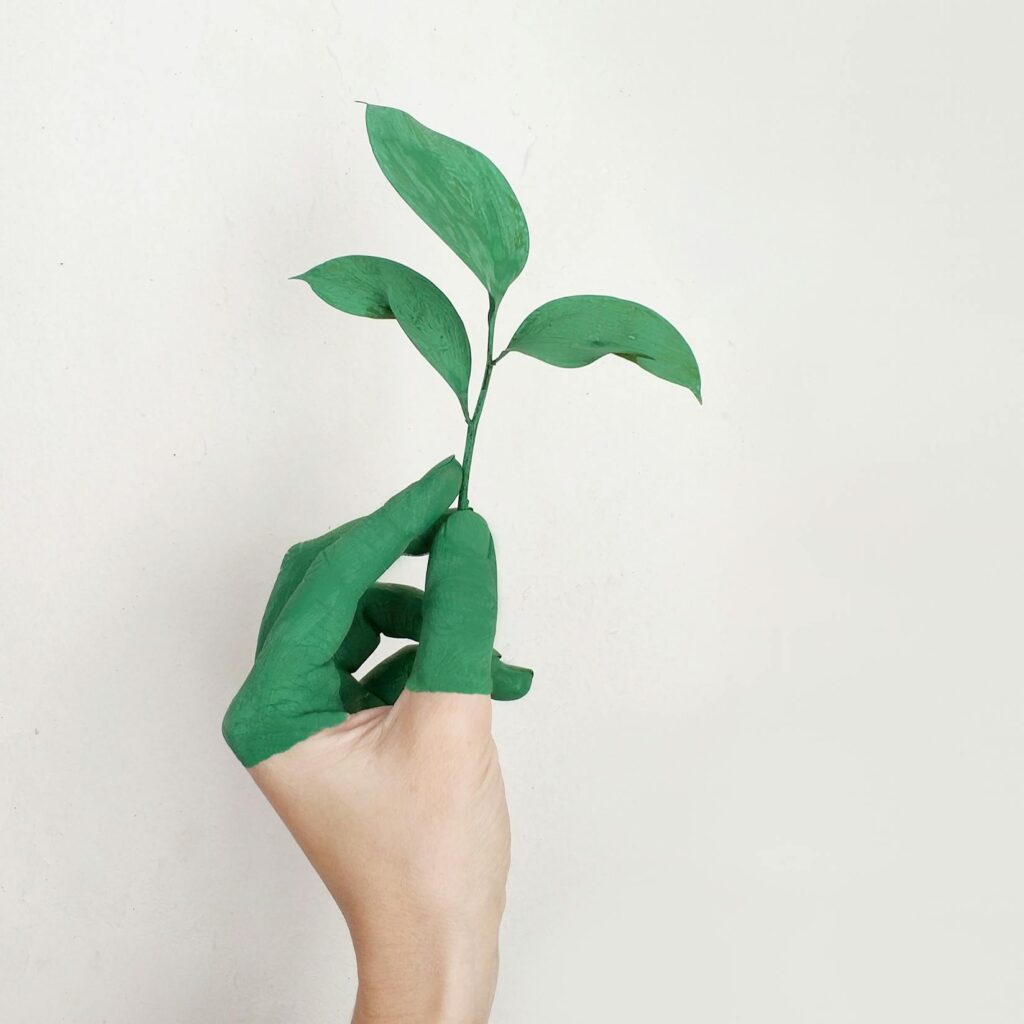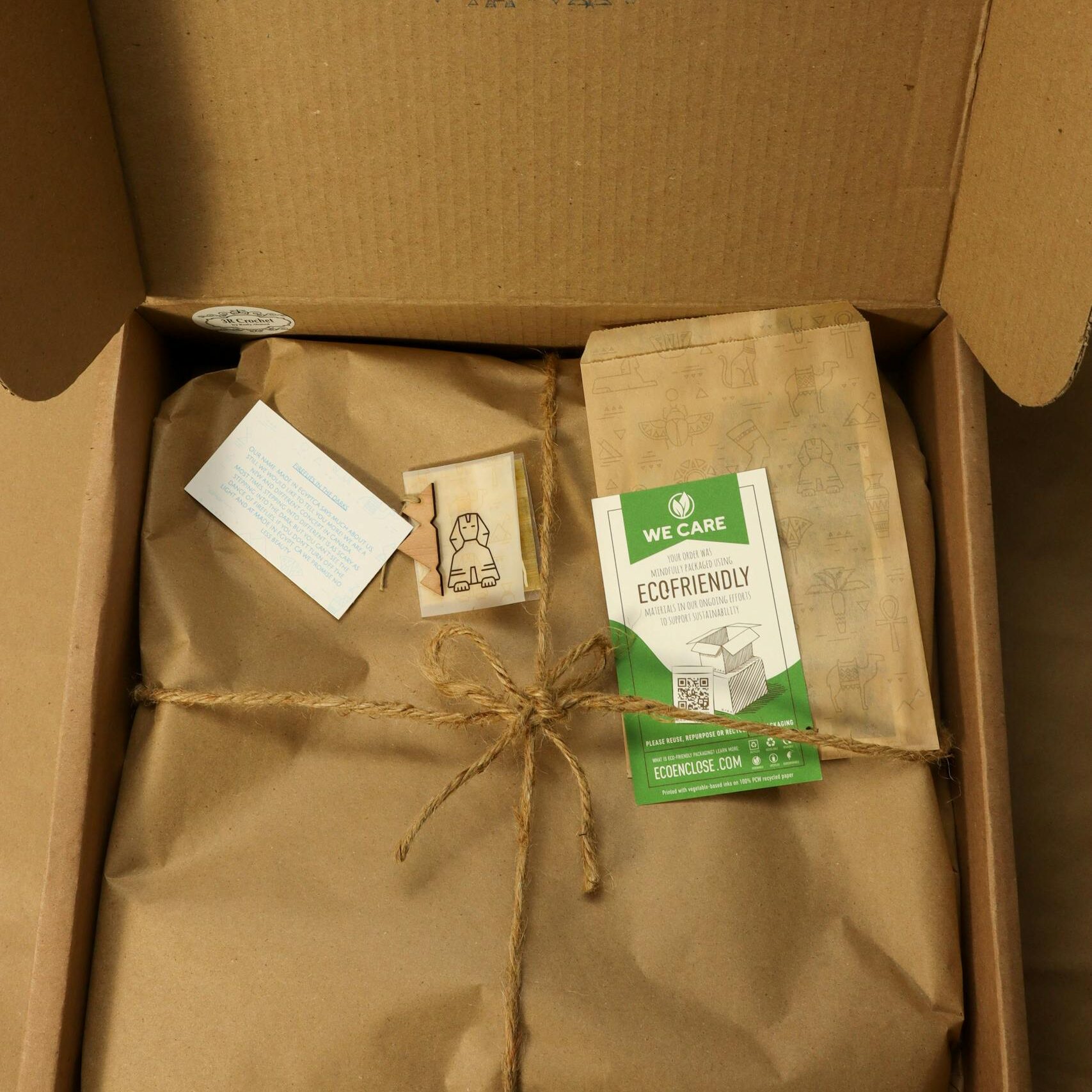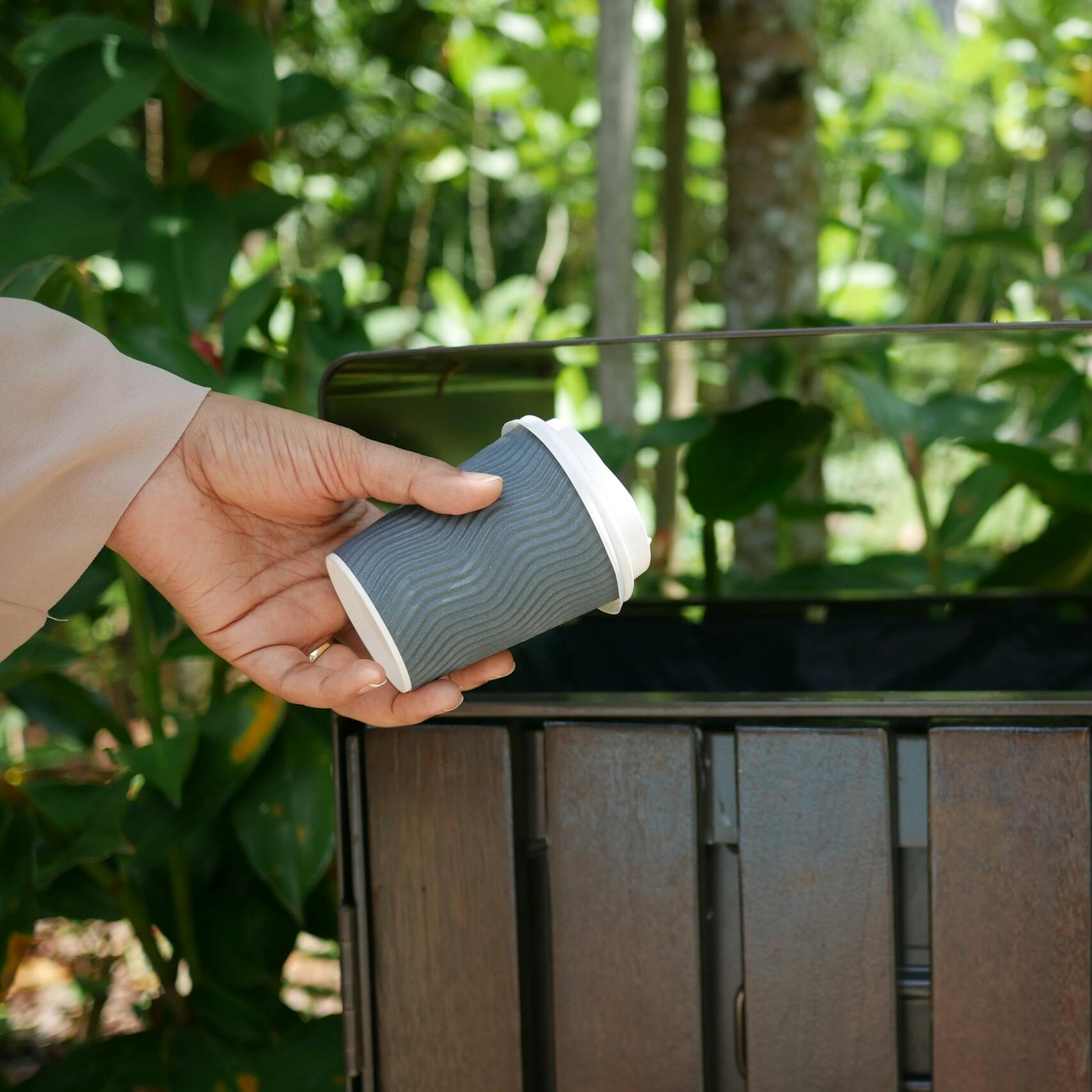“Eco-friendly” is slapped on everything these days. From shampoo bottles to snacks to sneaker ads, it feels like every brand wants to appear sustainable. But how many of these claims are actually real?
You’ve probably heard of greenwashing, but if not, let me introduce you to this concept. Basically, it’s when a company spends more time and money pretending to be sustainable than actually doing the work to BE sustainable.
I know how frustrating (and honestly overwhelming) it can be to figure out which brands are legit. But once you know the signs, you’ll be able to spot greenwashing a mile away. So here are some red flags to look for, as well as some tips to shop smarter so your money goes to the companies that are actually trying to make a difference.

What Is Greenwashing?
Greenwashing is when a company markets itself as eco-friendly without making meaningful changes behind the scenes. Think of it like putting a reusable straw in a plastic cup and calling it “sustainable.”
You’ll see it everywhere: vague buzzwords, nature-y packaging, or even full-blown “sustainability campaigns” that don’t add up to much in reality.
Red Flags to Watch Out For
1. Vague Language
Words like “natural,” “green,” or “eco-conscious” sound nice, but without proof, they don’t mean much.
Instead, look for specifics like: “100% organic cotton,” “FSC-certified packaging,” or “carbon-neutral shipping.”
2. No Third-Party Certifications
If a company is really serious about sustainability, they’ll often have outside certifications – like GOTS (organic textiles), B Corp (ethical practices), or Leaping Bunny (cruelty-free).
Watch out for made-up logos that look official but don’t mean anything.
3. Highlighting One “Green” Product
Some brands love to promote a single eco-friendly item while the rest of their business is the same old fast fashion, plastic packaging, or harmful materials.
A genuinely sustainable brand will make changes across the board, not just in one curated collection.
4. Using Sustainability as a Distraction
If all a company talks about is recyclable packaging but they’re silent on ingredients, labor practices, or manufacturing – that’s a red flag.
Transparency is what matters. The best brands share what they’re doing right and what they’re still working on.
5. Misleading Imagery
Leaves, ocean waves, earthy tones… just because something looks green doesn’t mean it actually is. Don’t be fooled by pretty packaging. Check the facts.



How to Shop Smarter
Here are a few quick ways I’ve found helpful to avoid greenwashed products and support the ones that are actually doing better:
🌲 Read ingredient or material lists – know what you’re bringing into your home (and onto your skin).
🌲 Google the brand + “sustainability” – a lot of truly sustainable companies have full transparency pages.
🌲 Follow eco-conscious creators – they often call out greenwashing and save you the research.
🌲 Use directories – sites like Good On You (for fashion) and EWG (for beauty and health products) break down brands by their environmental and ethical standards.
Greenwashing might be everywhere, but your choices really do matter. Every time we support a brand that’s actually trying (and call out the ones that are faking it), we push the whole industry in a better direction.
